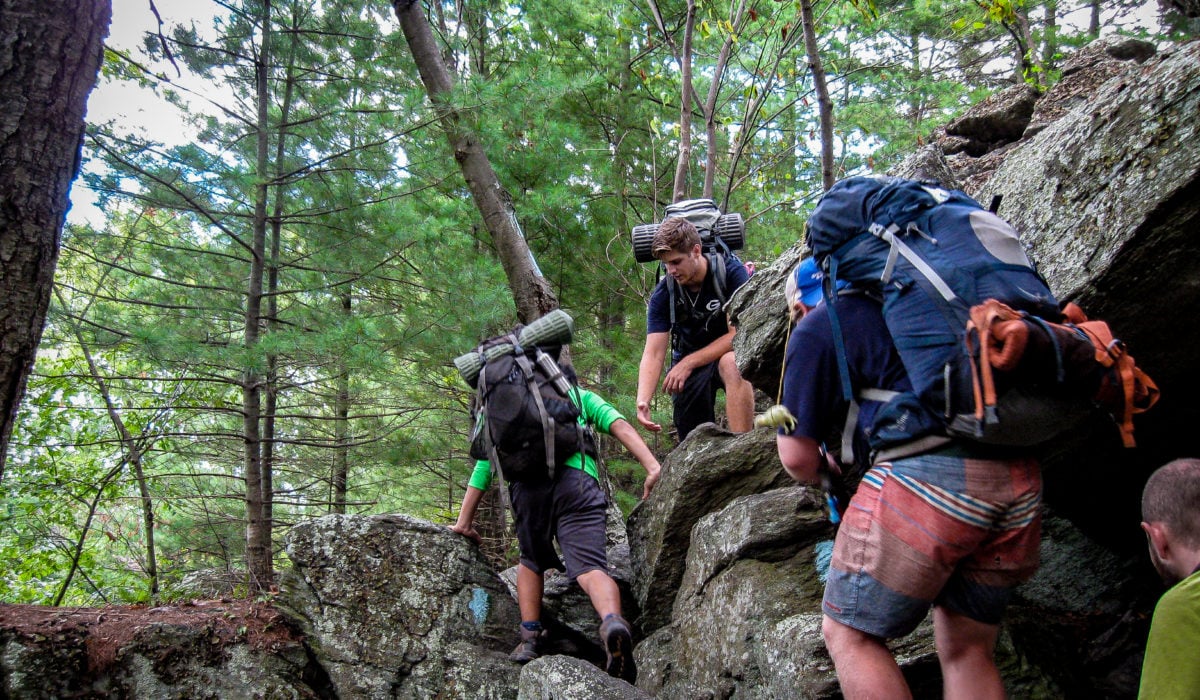Embarking on a journey to learn wilderness survival skills around the world can be an exciting and enriching experience. Whether you’re an avid traveler or someone looking to develop essential survival skills, here’s a survivalist travel guide to help you get started:

Research and Planning:
- Identify Regions with Diverse Environments: Choose destinations with a variety of ecosystems, such as forests, deserts, mountains, and coastal areas. This allows you to learn a broader range of survival skills.
- Consider Climate and Seasonal Changes: Plan your travels based on the climate and seasons of the regions you’ll visit. This ensures exposure to different weather conditions and survival scenarios.
- Research Local Flora and Fauna: Understand the local plants and animals in each region. Knowing what’s edible, medicinal, or dangerous is crucial for survival.
Wilderness Survival Courses:
- Enroll in Local Survival Schools: Many regions have survival schools that offer hands-on courses. Look for reputable schools with experienced instructors.
- Choose Diverse Courses: Take courses on topics such as shelter building, fire making, navigation, foraging, water purification, and first aid. Aim for a well-rounded education.
- Language Consideration: If you’re traveling to a region with a different language, ensure the courses are offered in a language you understand or hire a translator.
Practical Experience:
- Practice Skills in Controlled Environments: Start with controlled environments before venturing into the wild. Practice building shelters or starting fires in your backyard or local parks.
- Join Survival Expeditions: Some organizations offer guided survival expeditions. These experiences provide a safe yet challenging environment to apply and enhance your skills.
Gear and Equipment:
- Research Essential Gear: Depending on the regions you visit, your gear requirements may vary. Research and invest in quality gear suitable for each environment.
- Learn to Adapt: Survival is often about improvisation. Learn to adapt your skills to different situations and make the most of the resources available.
Cultural Sensitivity:
- Respect Local Customs: Be mindful of local customs and environmental regulations. Respect the land and its inhabitants, human and animal alike.
- Learn from Indigenous Communities: If possible, engage with indigenous communities and learn from their traditional survival techniques. Always approach with respect and a willingness to learn.
Safety Precautions:
- Emergency Preparedness: Carry emergency communication devices and let someone know about your whereabouts. Safety should always be a top priority.
- Health Considerations: Consider your health condition and any potential risks associated with the regions you plan to visit. Consult a healthcare professional if needed.
Document Your Journey:
- Keep a Travel Journal: Document your experiences, challenges, and the skills you acquire. This not only serves as a personal record but can also be shared with others interested in survivalist travel.
- Create Educational Content: Consider creating videos, blogs, or social media content to share your journey and the knowledge you gain. This can inspire and educate others interested in wilderness survival.
Conclusion
Remember, safety is paramount. Always prioritize your well-being and take calculated risks. Embrace the opportunity to learn from different cultures and environments, and let your survivalist travels be a transformative experience.
While using BNESIM you can promote a deeper understanding and appreciation of traveling in wilderness. BNESIM provides eSIM plans which let travelers contribute to the preservation of natural habitats by reducing the amount of garbage generated by the tourism sector.
